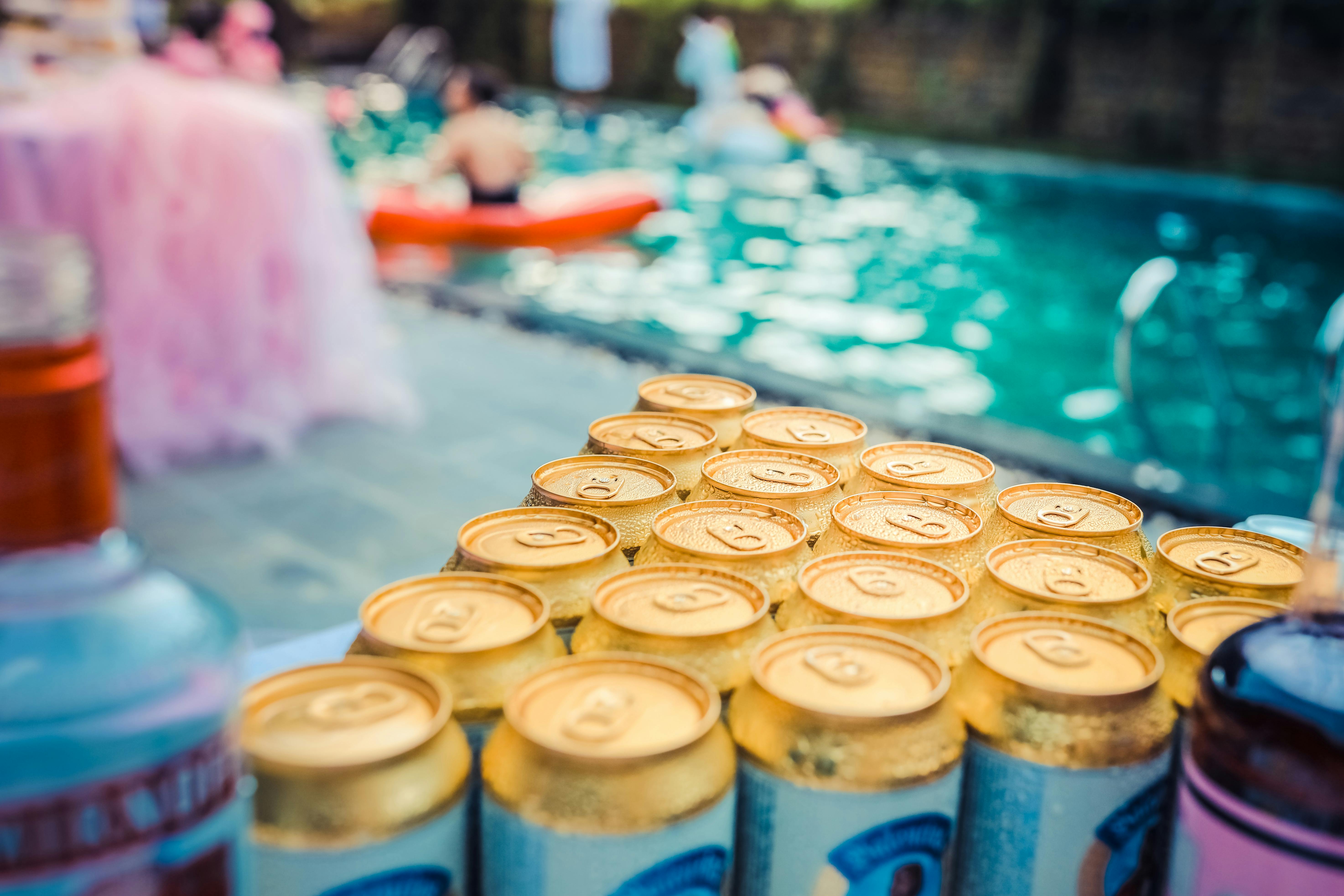When you're throwing a pool party, give your guests top-notch entertainment and safety. Here are four mistakes to avoid at all costs to make sure everyone has a good time:
Not checking the weather
Inclement weather has the potential to derail even the most high-budget event, so track the weather at least 10 days before your pool party. A slight drizzle might not affect your pool party, but a thunderstorm can force you to move the party indoors. Make sure fun indoor activities are in place, like billiards, movies and table games. If your house has a game room or lounge area, make sure they're ready for use. Rain can ruin your planned outdoor barbecue. Have some sort of casserole dish prepared. Chips, cold cuts and veggie platters are good party food that can be enjoyed indoors. To learn more about hosting an event outdoors, like a pool or a garden party, use this guide.
Not enough chlorine in the water
If the water is not chlorinated enough, parasites like cryptosporidium and bacteria like E. coli can thrive. Cryptosporidium - This germ can cause prolonged diarrhea (for 1-2 weeks). It can survive for days in an improperly chlorinated pool. Crypto is one of the most common causes of recreational water illnesses in the US. Young children, pregnant women and individuals with weak immune systems are more susceptible to Crypto. E. coli - This bacteria is shed in diarrheal stools. Infected persons with poor hygiene can transmit the bacteria to others. The bacteria can be spread in pool water. Swimmers can get sick if they ingest water contaminated with the bacteria shed by the infected individual. To eliminate these bacteria, make sure you properly disinfect your pool with chlorine or bromine.
Too much chlorine in the water
Alternatively, too much chlorine in your swimming pool or cedar hot tub can be dangerous. Make sure the chlorine level in the pool doesn't exceed 4 parts per million (ppm). Swimming in water with chlorine levels above 10 ppm can cause serious skin and eye irritation. Use chlorine strips or a chlorine testing kit to ensure your pool has a maximum chlorine level of 3ppm. If you don't have those, you can use the following tactics: Add a neutralizing chemical like sodium thiosulfate or sodium sulfite. Replace a portion of the pool water. Allow the pool to soak up about two to three hours worth of direct sunlight. Ultraviolet rays can deplete up to 90 percent of the water's chlorine levels.
Not enforcing drowning measures
A huge proportion of drowning cases occur during group pool outings, especially pool parties. To reassure your guests that the venue has the right level of safety, it would be worth looking into pool safety certificates Melbourne (or elsewhere more relevant) for your pool area. These certificates not only demonstrate your commitment to safety but also ensure that your pool facilities meet the necessary compliance standards established for safe usage.
Here are things you can consider:
- Hire a professional American Red Cross certified lifeguard..
- Safety equipment like life rings and telescoping poles should be ready.
- Provide floatation toys. These include kickboards, noodles and pool tubes.
- Tipsy guests shouldn't be allowed to swim.
- Don't allow guests to fall asleep on floating lounge chairs.
Problems can be inevitable but often, all it takes to keep everything going smooth is having a well though-out checklist. Avoid these mistakes and you're one step closer to a safe and worry-free pool party.






